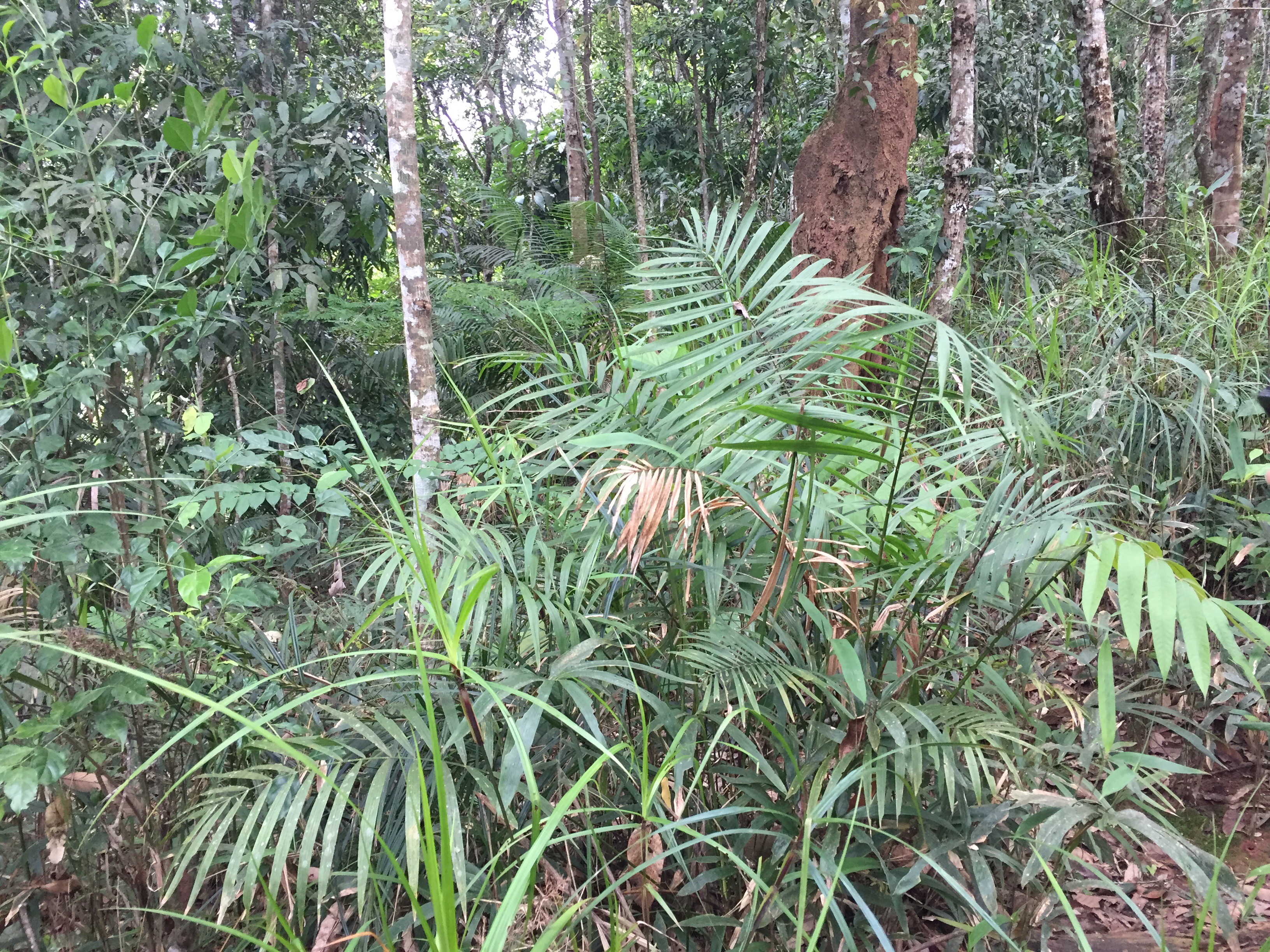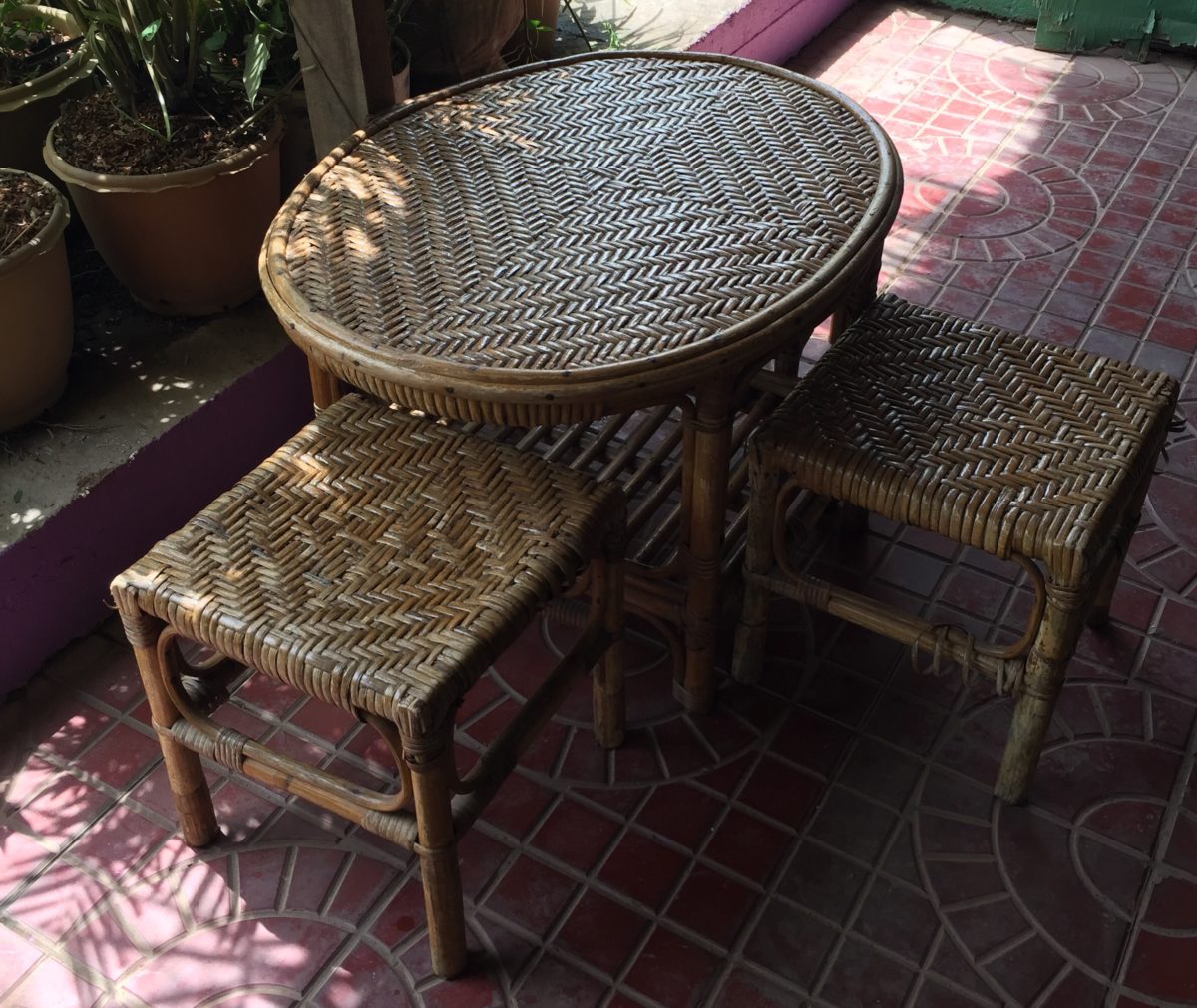Rattan is a plant similar to bamboo found in the rainforest which is light, durable and flexible. It is widely used in furniture and handcrafts either woven or as is.
Rattan refers to around 600 species belonging to the palm family. Most rattan species are native to the tropical regions of Africa, Asia, and Australia although varieties differ according to region. Commercially-used rattan usually grows in tropical regions of South and Southeast Asia, with major producers being Indonesia and Vietnam.

There are different types of rattan palms, such as high or low climbers, single stemmed or clustered rattan species. Some have very short and underground stems. Several rattan species are known to reach lengths of 100m.
Uses
Below are some traditional uses:
- Furniture such as tables and chairs
- Handcrafts such as baskets, bowls, belts etc
- Housing for walls
- String
- Dye made from certain rattan fruit resin called Dragon Blood
The fruit resin also allegedly has medicinal properties. The inner and shoot of some rattan species is edible. The larger rattan are a source of safe drinking water in the jungle.
Potential Uses
A unexpected contemporary use is for bone transplant. A team of researchers in Italy have patented its use as a human bone. The rattan has similar strength, porosity and flexibility as bone meaning that blood vessels and tissue can penetrate. The process they developed uses the Calamus rotang species of rattan. The lignin and cellulose are removed and then treated to create hydroxyapatite, the same mineral that makes up human bones.
Processes
Rattan is an attractive resource because it is easier to harvest than timber and grows faster than trees. It is a vine so it’s survival is predicated on the presence of trees and it therefore indirectly protects tree cover.
For traditional uses minimal processing is required:
- Rattan canes with small diameters are dried in the sun and often smoked using sulphur.
- Large canes can be boiled in oil to make them dry and to protect them from insects.
- For weaving rattan skin strands are used
More Information
- http://wwf.panda.org/what_we_do/where_we_work/greatermekong/our_solutions/projects/sustainablerattan/factsinformation/
- http://m.scidev.net/south-asia/r-d/news/rattan-bone-implants-set-for-human-trials.html
